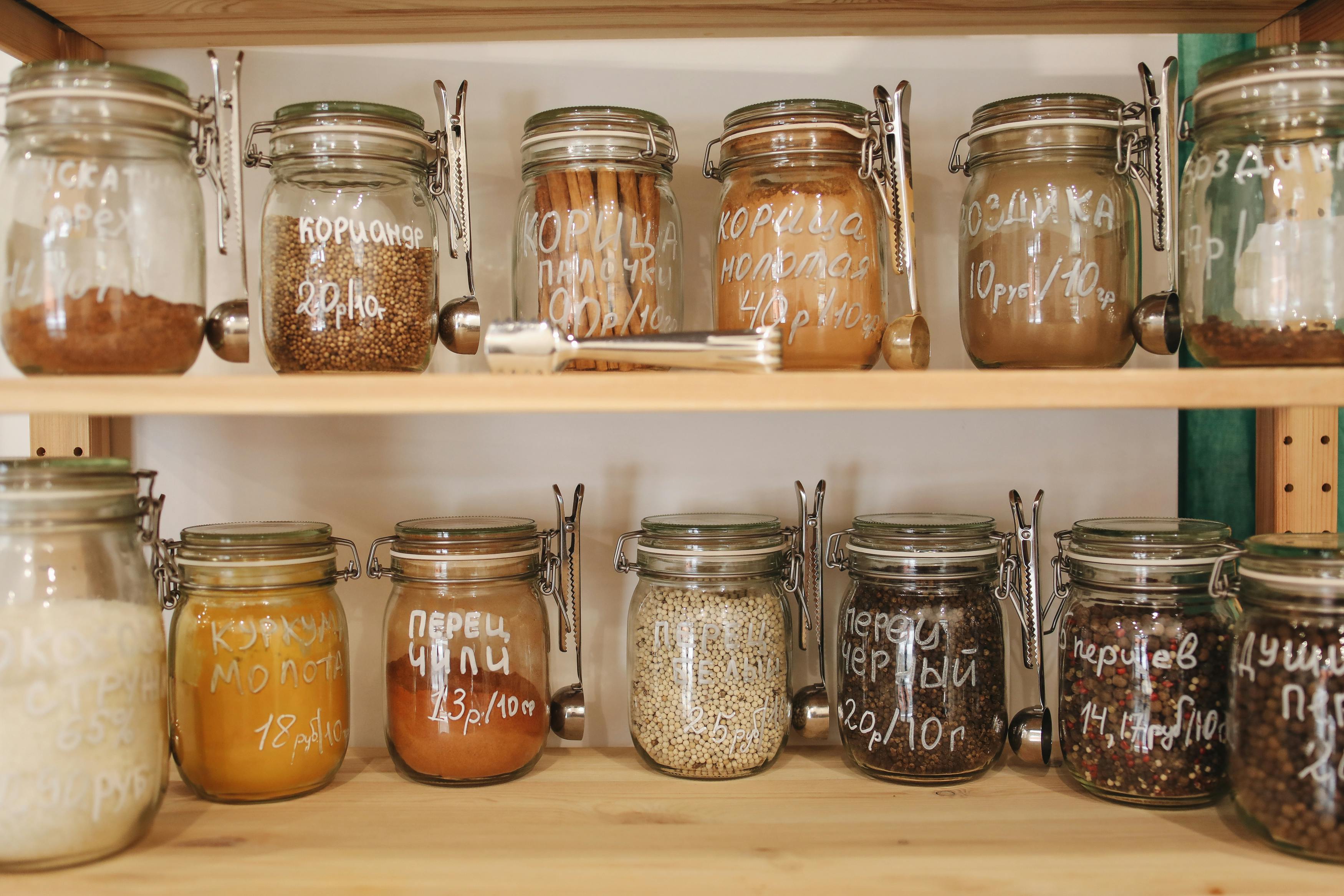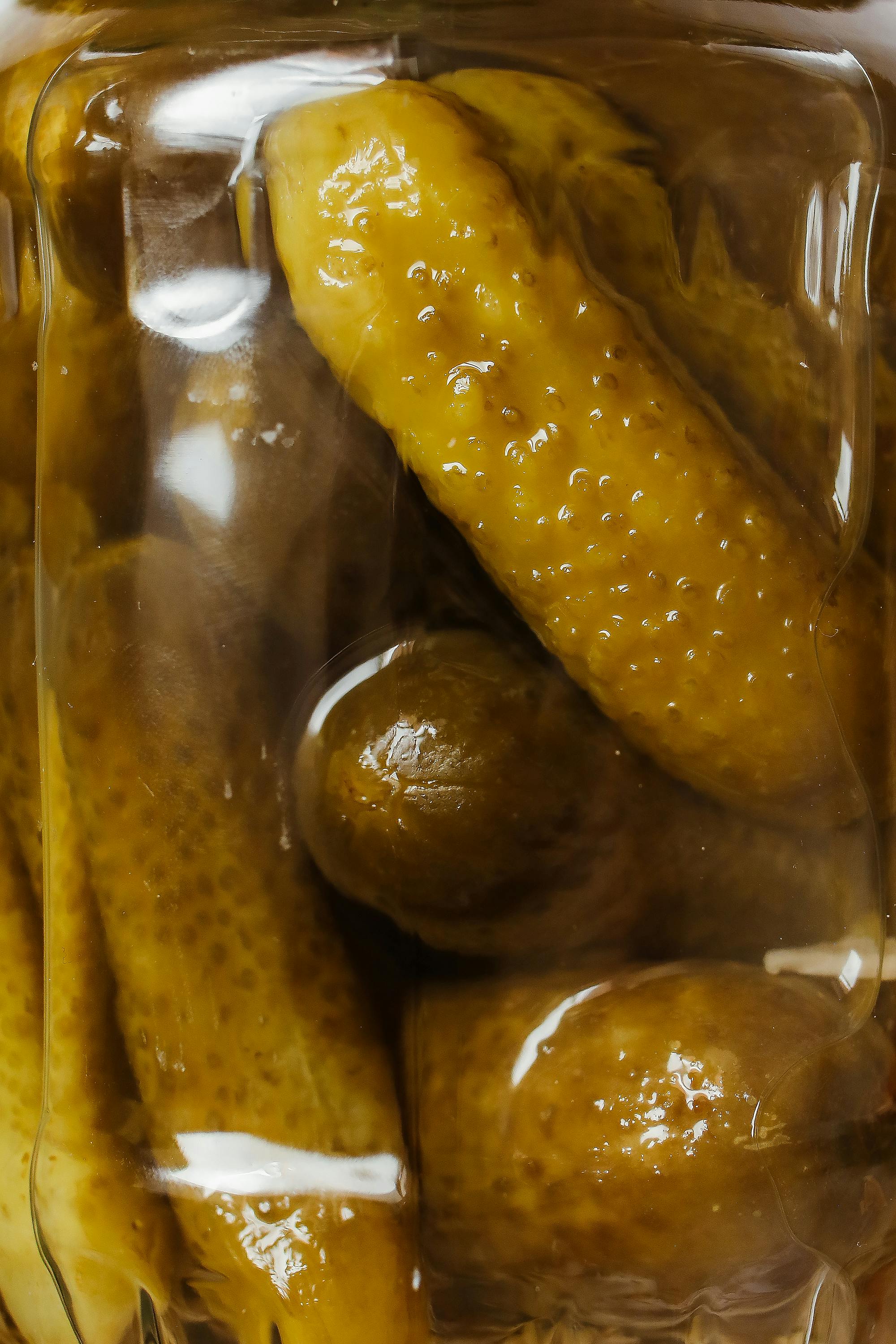Ecuador Food Storage: Simple Safety Tips for Organized Kitchens
Honestly, nothing messes with a family’s kitchen routine quite like spoiled food or chaos in the pantry. Having worked with Ecuadorian families for years—I’ll say it straight: safe food storage and basic organization can transform daily life (and save money, sanity, and health). But, let’s be honest, it’s way easier said than done. You’re in Ecuador, maybe juggling shopping at an open-air market, grabbing last-minute groceries, or trying to keep snacks safe from both bugs and humidity. Sound familiar?
Just yesterday, I watched a client improvise a fridge solution using stacked baskets. Two weeks ago, a neighbor kept losing beans to hidden mold after a rainy spell. What really gets me is how much cultural tradition (from “la despensa” to creative container hacks) shapes what works in the Ecuadorian kitchen. Here’s a simple yet deeply practical guide to safe food storage and kitchen organization for Ecuador’s busy families—with genuine tips, easy checklists, and hard-won lessons. I’ll cover everything from local climate factors to country-specific food safety issues, layering simple explanations for new cooks and best practices for seasoned organizers.
Unique Ecuadorian Kitchen Challenges: Real-Life Stories
Let me step back for a moment. Ecuador’s kitchens aren’t generic: between highland chill, Amazonian heat, and coastal humidity, storage issues shift drastically. I remember visiting Cuenca during the rainy season—the bread never lasted more than two days before turning green. On the coast, I saw neighbors rotate rice out of sealed bins because bugs kept sneaking in. The tricky part? Many “best practices” online simply don’t fit Ecuador’s food market reality or climate variations.
Why do these challenges matter? Because if you’ve ever cleaned out a fridge after a blackout (very real in some regions), or tried storing leftovers without plastic wrap, you want flexible solutions based on local realities—not imported, impractical Pinterest inspiration.
What I should have mentioned first: Ecuador’s market culture means produce is often fresher but less ‘pre-sanitized’ than supermarket goods. That’s a plus and a risk—fresh taste, but more spoilage by day three if you store wrong. Also, you’ve got to factor in altitude: highland families will find bread gets stale differently, and dairy needs extra attention due to cooler but drier air. The truth? Kitchen storage here isn’t one-size-fits-all.
Simple Food Safety Basics for Families
I’ll be completely honest. When I started out, I used to think food safety was all about temperature. Turns out, that’s just the beginning. In Ecuador, safe storage is a mix of habit, hygiene, and home setup. Busy families need real-world, actionable basics:
- Wash hands and surfaces—every single time—after handling raw foods.
- Store perishables (meat, dairy, eggs) in the fridge ASAP; watch out for power cuts and backup coolers in summer.
- Use sealed containers for dry foods (beans, rice, flour)—bugs and mold love Ecuador’s humidity.
- Rotate older food to the front of shelves; teach kids the “first in, first out” rule.
- Check labels for local expiry terms (“Fecha de Caducidad”) and learn regional meaning—it’s sometimes just a suggestion for produce but critical for processed goods2.
Moving on, families should prioritize regularly cleaning fridge seals and pantry shelves; lurking crumbs attract both ants and germs. I’ve consistently found that a weekly “quick clean” beats deep-cleaning marathons—especially when kids help out. Overall, safe storage in Ecuador comes down to making micro-habits stick, even during school runs and work rush hours.
Humidity & Hygiene: Ecuador-Specific Storage Hacks
Let me clarify: Ecuador’s climate isn’t just tricky; it’s outright unpredictable depending on where you are. Highland families face dry air but sudden temperature swings; coastal and Amazonian homes fight chronic humidity and surprise pests. I go back and forth about what works best—but here’s where I’ve landed after years of trial and error:
- Fridge organization: Line produce drawers with paper towels to absorb extra moisture.
- Pantry setup: Store grains in airtight glass jars; plastic gets sticky in coastal heat.
- Spices and snacks: Use silica gel packets (often found in vitamins)—fantastic hack to keep things dry.
- Open shelves: Rotate location of bread, nuts, and flours based on weather—sunny window? Not ideal.
- Bug prevention: Add bay leaves or dried lime peel to flour bins. On the coast, this literally saved my flour stash last winter.
Anyone else struggle with ants after a rainstorm? I hear it all the time, especially in Guayaquil. Cleaning up spills immediately and never leaving sugar out even for a minute—those are the hard-learned rules.
Common Ecuadorian Climate Zones and Storage Tricks
| Region | Climate | Storage Challenge | Best Hack |
|---|---|---|---|
| Coast (Guayaquil, Manta) | Hot, humid, rainy | Mold, pests, short shelf life | Airtight glass jars, anti-bug herbs |
| Highlands (Quito, Cuenca) | Cool, dry, windy | Drying, staling, freezer burn | Paper towels, regular rotation |
| Amazon Region | Very hot, extremely humid | Rapid spoilage, insect invasion | Silica packets, sealed storage |
| Galápagos Islands | Mild, seasonal rain, maritime | Salt damage, inconsistent fresh supply | Raised shelves, dry goods rotation |
On second thought, I’d add this: always ask your local produce seller about shelf life and keeping tactics. Seasoned market vendors hold years of wisdom on storing beans, cheese, and greens.
Organization for Families: Space, Safety and Simplicity
Funny thing is, most kitchen organization tips you find online come from giant kitchens with massive pantries. Here in Ecuador, you might have two shelves, a shared fridge, and about six people vying for counter space. What’s super, super helpful?
- Declutter once a month: Toss expired dry goods, donate what you won’t use.
- Zone your kitchen: Keep breakfast basics in one spot—kids find them faster (less chaos before school runs).
- Label everything: Whether it’s homemade yogurt or store rice, marking the date helps with rotation and keeping track.
- Invisible containers: Use see-through bins for kids’ snacks; the “out of sight, out of mind” principle leads to forgotten food.
- Weekly meal plan: Create a rough sketch of meals based on what’s already in your pantry and fridge. This will cut both costs and waste.
Where do I even start with the number of times I’ve lost plantains behind a pile of canned tomatoes? These days, I set up a “visible shelf” for things that expire soon—right at eye level.
Before we go further, let’s pause for a quick interactive prompt: What’s the weirdest thing you’ve ever found expired in your pantry? (I still can’t believe I once found dried fish from three years prior.)
Essential Ecuadorian Food Storage List for Families
Based on my years doing this, here’s the real-world short list. No over-the-top gadgets—just honestly useful storage gear:
- Airtight glass jars for grains, nuts, coffee
- Multiple cutting boards (color coded, ideally)
- Reusable cloth bags for produce
- Sealable bin for bread (plastic, with a vent or dehumidifier)
- Labels and permanent marker
- Stackable baskets for fridge organization
- A small backup cooler for power outage emergencies
- Silica gel packets (from medicine bottles or bought—you’ll thank me in Amazonia)
There are definitely more advanced gadgets, but these basics handle 95% of Ecuador’s storage needs.

“Did You Know?” Ecuador Food Safety Fact
Ecuador had one of the earliest organized food safety codes in South America—dating back to the 1960s—yet most enforcement happens through local markets and family habits, not just government standards5. This unique blend of official and cultural practice shapes daily kitchen life.
Safety Tips for Ecuadorian Meal Prep and Storage
I almost forgot—power outages are common, especially in rural and coastal zones, so keeping food safe during blackouts is a real concern. What I’ve learned:
- Freeze perishables in small portions so they thaw quickly if the freezer fails.
- Keep a thermometer in the fridge—if the temperature rises above 4°C (40°F) for more than two hours, discard meat and dairy6.
- Use insulated coolers to bridge power gaps, especially in summer storms.
And don’t underestimate the social side: families often swap food after festivals, so safe handling of leftovers (rapid cooling, sealed containers, and avoiding cross-contamination) is key post-celebration. Honestly, the “fiesta leftovers” risk is real—don’t let anyone tell you it’s safe to leave ceviche or potato salad on the counter overnight.
Food Rotation Methods: Weekly Ecuadorian Family Routine
- Check fridge dates and pantry bins every Sunday evening.
- Move expiring foods to the front—kids love the “eat me first” shelf.
- Plan snacks and school lunches based on what needs using up.
- Find a rhythm (mine is post-dinner clean-up) that feels natural, not forced.
I know, I know—it sounds too simple, but doing this actually saves time and money. Still, every family adapts. Single parents, multi-generational households, tiny apartments and big suburban homes—all tweak routines to fit their own reality. The only real mistake is ignoring the need for a plan.
Cultural Food Storage Practices in Ecuadorian Homes
This is where I get passionate. Ecuador’s kitchen culture is a blend of resourcefulness and familial traditions—you’ll see clay pots, woven baskets, reused coffee jars, and locally made ceramic storage among all the plastic Tupperware. The big difference from North American methods? More improvisation and repurposing, and way less “single-use” gadgets. The abundance of local market info fuels this: I’ve watched grandmothers at the Mercado Central weigh herbs for their lasting power, and urban teenagers repackage homemade snacks into zip bags for afternoon rush.
Meanwhile, don’t forget about natural preservatives: salt, vinegar, lime juice, and spicy peppers slow spoilage and add flavor. I’m partial to homemade vinegar-pickled onions—my mentor always said, “In Ecuador, that’s good food and safe storage in one.”
Common “Fails” and Real Solutions
- Leaving pantries near wet windows—leads to chronic mold. Solution: Move bins and add dry towel lining.
- Not labeling homemade jams—risk of accidental mixing up dates. Solution: Simple masking tape and marker labels.
- Buying too much produce “on sale”—leads to waste. Solution: Freeze chopped veggies and blend excess fruit into drinks immediately.
- Ignoring fridge thermometer drift—spoiled dairy. Solution: Quick check each time you clean, keep it calibrated.
Let’s be real: perfection isn’t the goal. Less waste, more safety, fewer stress-driven grocery runs—that’s the meaningful win.
Sharing, Community, and Sustainable Habits
How do you take all this and actually make it stick? Here’s the thing: Ecuadorian families thrive when community knowledge becomes routine, not just isolated advice. Share your storage tips with neighbors, swap stories in WhatsApp groups, and team up to solve the supermarket rush.
As we head toward seasonal changes—rainy spells, family holidays, and big festivals—remind yourself that safe, organized food storage is a living habit. Even if you mess up, you learn and adapt. The absolute key is progress, not perfection. My current challenge? Training my teenager to clean up snack containers. Not easy, but if you’ve got a solution, please share it (I need it!).
Looking ahead, Ecuador’s kitchens are getting smarter, but nothing replaces community wisdom and tried methods. Let that sink in for a moment—the best safety practice might just be what your grandmother always said. So, what’s your favorite food storage lesson?
Summary: What Busy Ecuadorian Families Need to Know
- Adapt storage to your home climate and kitchen setup.
- Focus on simple, repeatable hygiene and organization habits.
- Use community and cultural wisdom as much as official rules.
- Prioritize safety over perfection—it’s real life, not a photoshoot.
- Share, ask for, and celebrate solutions with your family and neighbors.
Still learning about the best kitchen organization strategies in Ecuador? That’s okay—so am I. Mistakes happen, routines shift, and that’s where real expertise grows. Stay curious, tweak your setup, and keep family health at the center.
References



